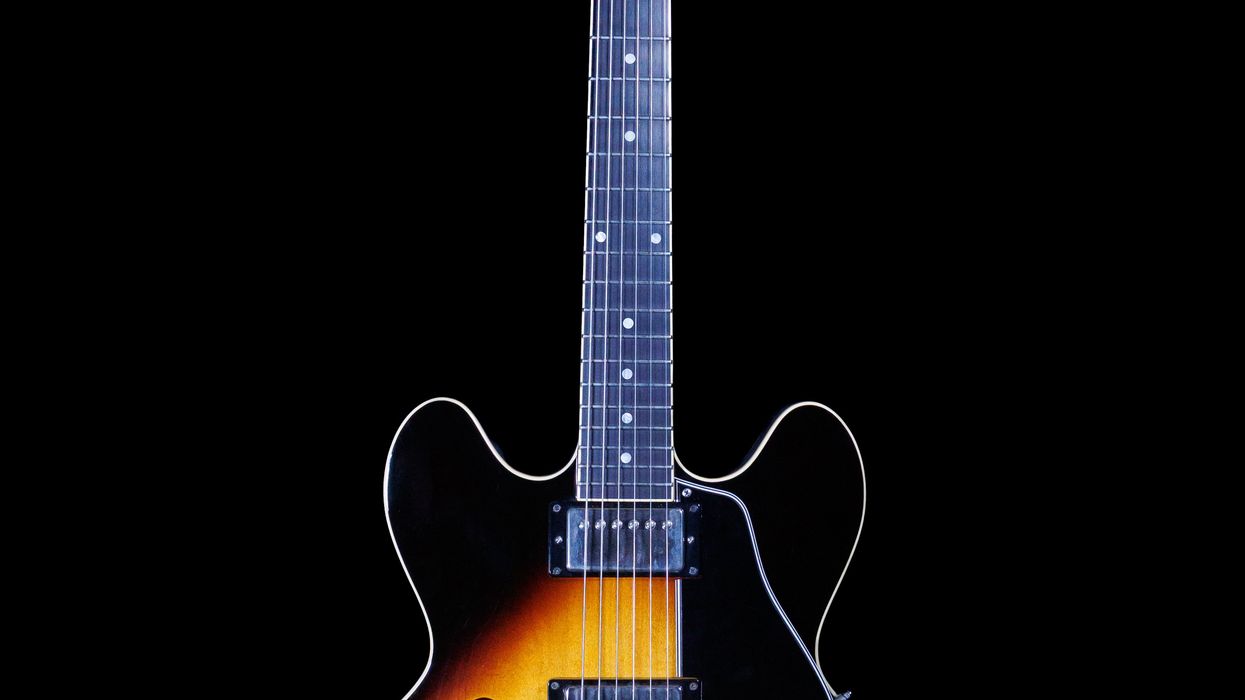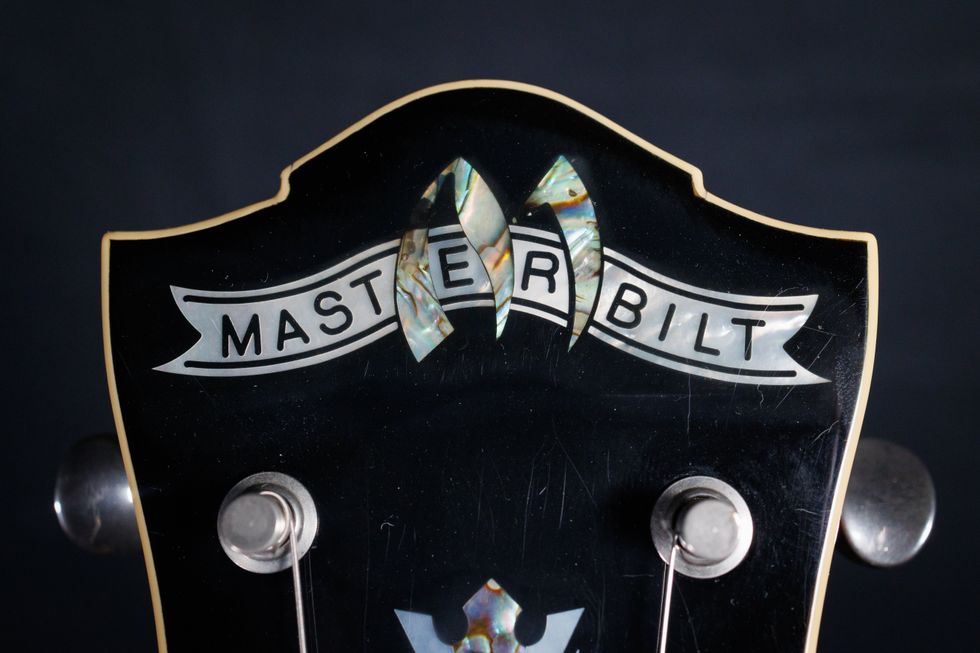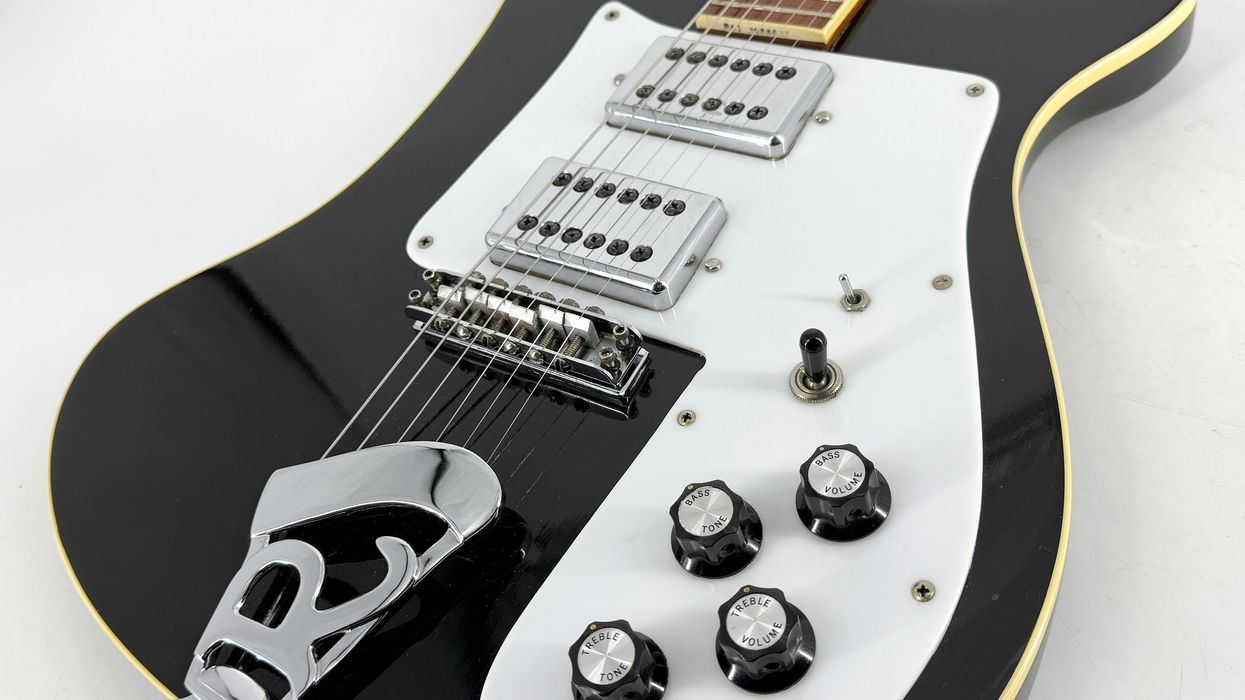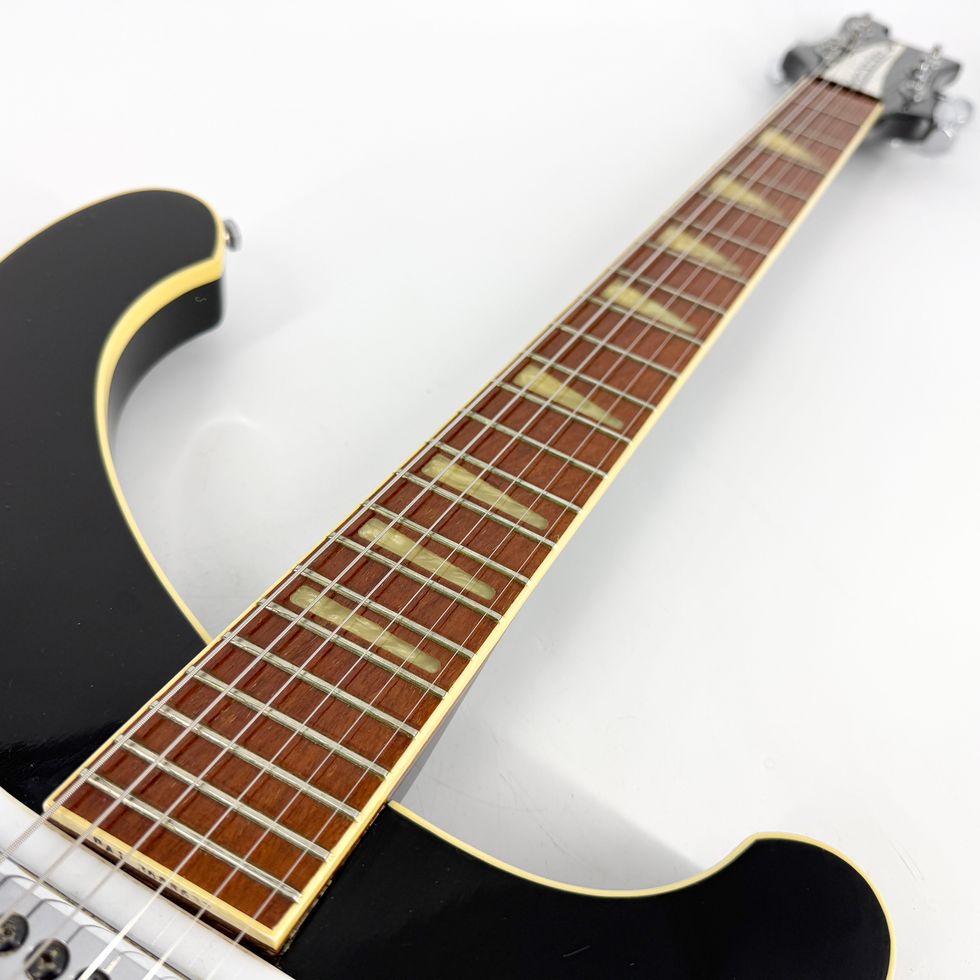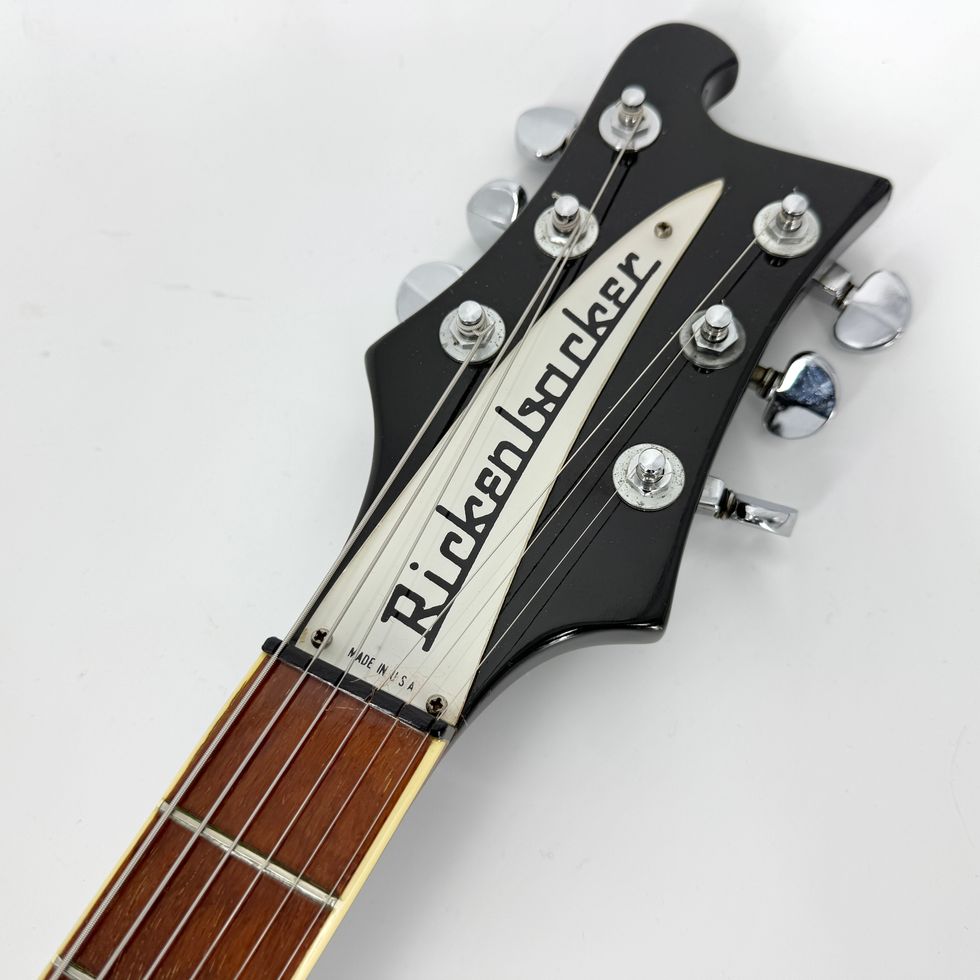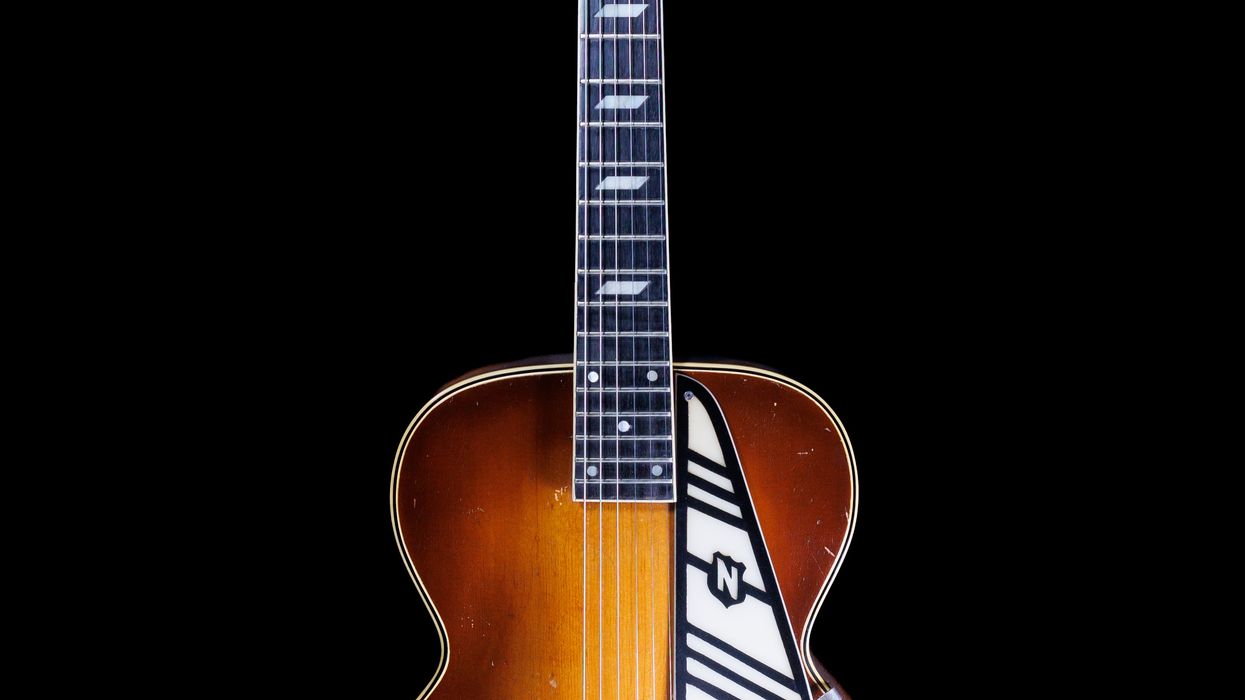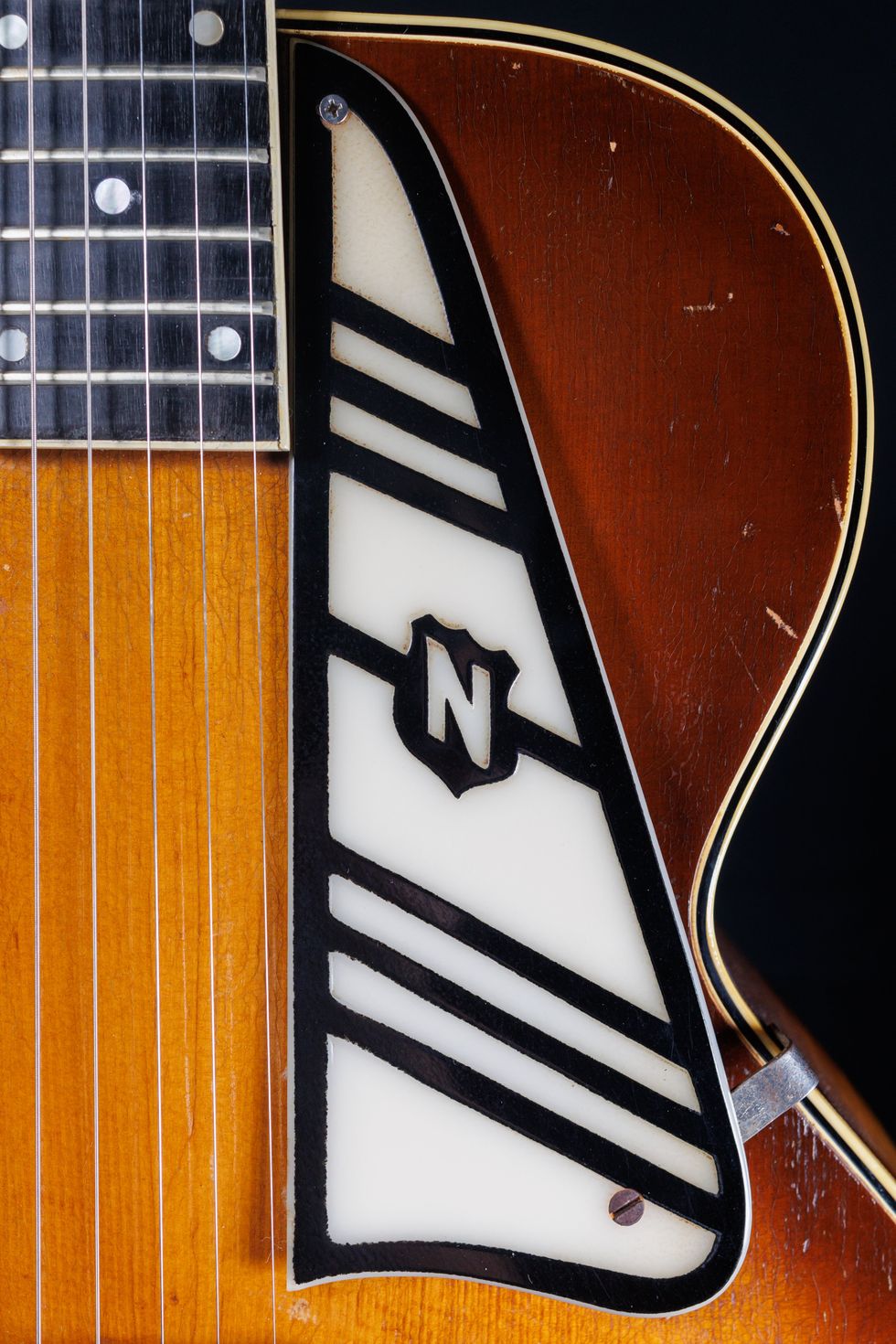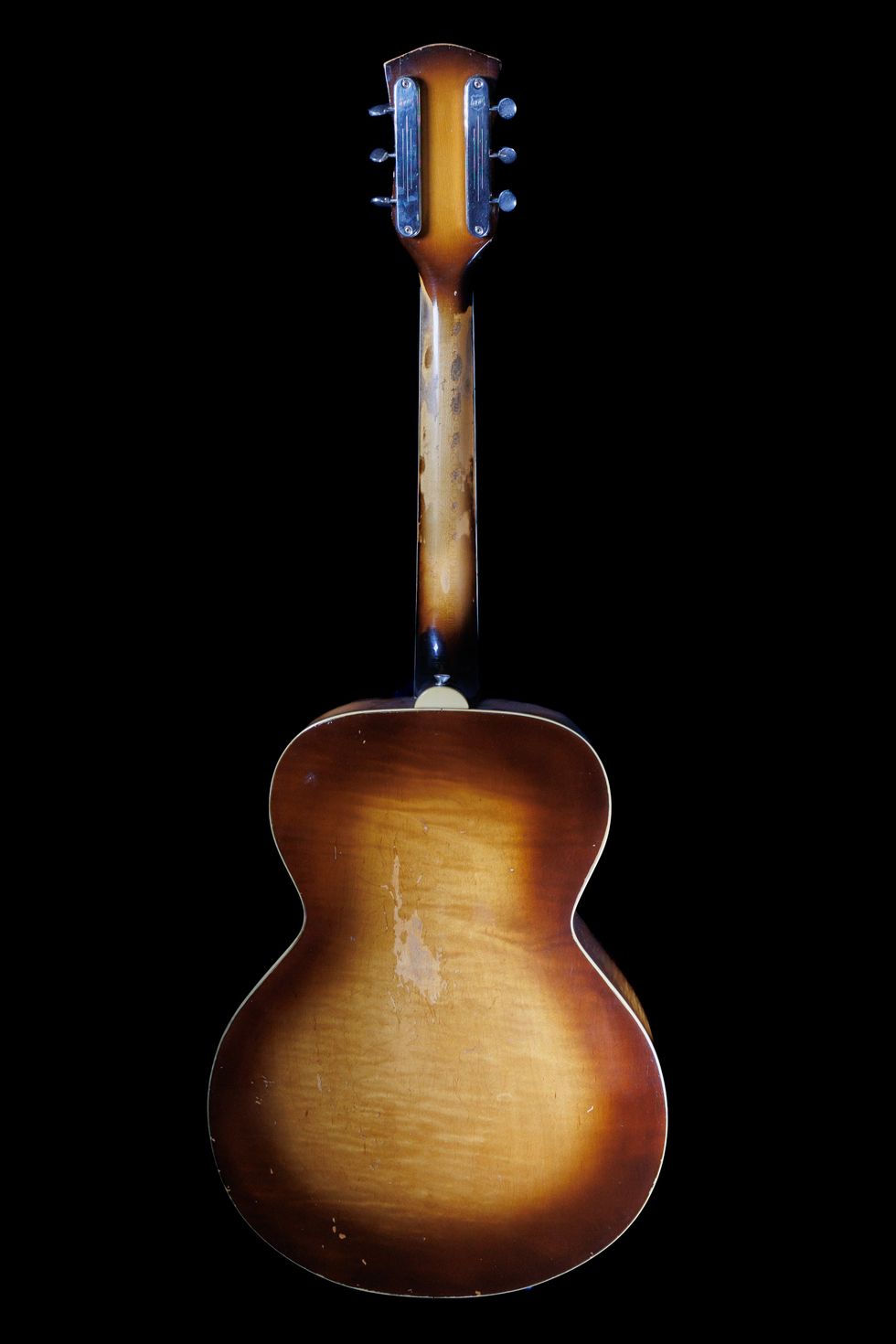Vintage Fender cool at an even cooler price.
Back when Leo Fender was first designing his namesake instruments, he made a key decision that few of his contemporaries considered: bolt-on necks.
Gibson, Epiphone, Gretsch, and other companies of the era were often dedicated to the traditional construction method of set necks, where a joint is crafted at the butt end of the neck from the very same piece of wood, fitted into the body, and glued in place. Leo took what he saw as a more eminently practical approach: Just screw the thing on.
In an interview with guitar writer and historian Tom Wheeler many years later, he explained his decision: “I did it because when you build a guitar and neck that are joined in one piece or bonded, then, when you have a flaw in the neck, you have to decide between putting up with it or junking the whole damn thing—body, neck, and all. So I decided that it’d be best for the customer if I built the body and neck separate. It’s functional. That’s why we did it.”
To anyone that has read about Leo’s design ethos before, you’ll recognize that this idea of practicality was central to nearly everything he did. He wanted Fender instruments to be made, first and foremost, for working musicians, like the gigging country and western pickers he catered to in 1950s Southern California (and who he often used as beta testers throughout his guitars’ development).
Did your neck take a beating at some rowdy honky-tonk? Bolt on another. Did a pickup crap out? Pop off the pickguard and swap in a replacement. Oh, the Telecaster’s body is digging into your ribs? Let’s rout some contours into these new models so it feels more comfortable. Or so the thinking went.
Compared to the delicately featured archtops coming out of other shops in the mid-20th century, Fenders were built to perform. One great consequence of this decision is that it spurred the creation of “partscasters.”
This compound word can be defined as the amalgamation of various parts (parts-) in an otherwise Fender or Fender-style guitar (-caster). And it’s certainly not always the case that parts are swapped only when issues arise, but also when an owner makes the intentional decision to try a new body, neck, or electronics to go after a particular feel or sound.
“This guitar is a marriage of pre-CBS feel, CBS-era savings, and mostly modern electronics and hardware that are sure to last.”
The benefits of this approach are many, especially if you’re buying a partscaster someone else has already built. By and large, on the used or vintage market, a partscaster will almost always be less expensive than a factory-original model of the same era—they are often even less expensive than if you bought each part individually—and it could very well be a better playing guitar, to boot.
Case in point: The vintage partscaster Jazzmaster featured in this edition of Vintage Vault. For sale by the fantastic Reverb seller Southside Guitars, this partscaster Jazzmaster is a true player’s instrument. It has a 1964 neck—the last year in which the coveted Brazilian rosewood fingerboard was used on production models—attached to a 1972 Jazzmaster body, which can be a tad heavier than ’60s models but is the same shape and dimensions.
Overall, this guitar is a marriage of pre-CBS feel, CBS-era savings, and mostly modern electronics and hardware that are sure to last. While the tremolo and neck plate are original, nearly everything else has been replaced, with Seymour Duncan pickups taking the spot of the ’70s Fenders and both the body and the pickguard getting refinished in gold sometime in the past.
The best part of all these changes? The asking price of $4,980. While still a good chunk of change, that is significantly less expensive than any all-original ’64 Jazzmaster you could find, which, these days, can easily approach or pass the $10,000 mark. (Back when they were released, a ’64 Jazzmaster would have retailed for $349–$429, and ’72s would have been $419–$439. Adjusted for inflation, either model would cost at least $3,500 in today’s dollars.)
Vintage guitar prices, on the whole, have hit some of their highest peaks in recent years. At Reverb, from 2015 to 2023, we saw increasing prices not just for the fashionable pre-CBS Strats and Teles and equivalent pre-Norlin Gibson Les Pauls, but basically anything under the vintage umbrella. Some collectors will pay hundreds of dollars for original screws if that’s what they need to complete an otherwise all-original specimen. If parted out (again) from this Vintage Vault Jazzmaster, the original neckplate alone could go for a few hundred dollars, while the ’64 neck and ’72 body could fetch many thousands of dollars apiece.
So, if you’re a buyer who is interested in owning and playing a vintage guitar, you’d do well to remember the working-musician ethos with which Leo started the brand and consider a vintage partscaster. A different neck or different pickups is not the mark of a lesser instrument, but the mark of a well-played gem.
Sources: American Guitars: An Illustrated History by Tom Wheeler; Gruhn’s Guide to Vintage Guitars by George Gruhn and Walter Carter, Reverb Price Guide sales data


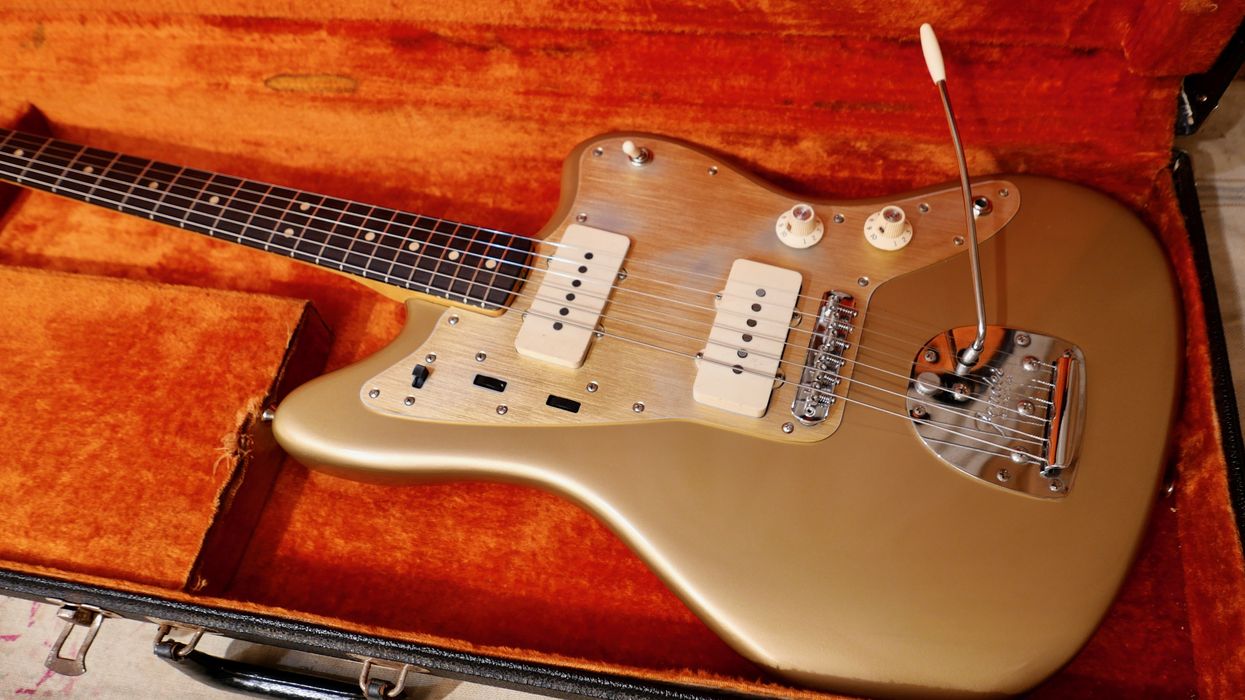

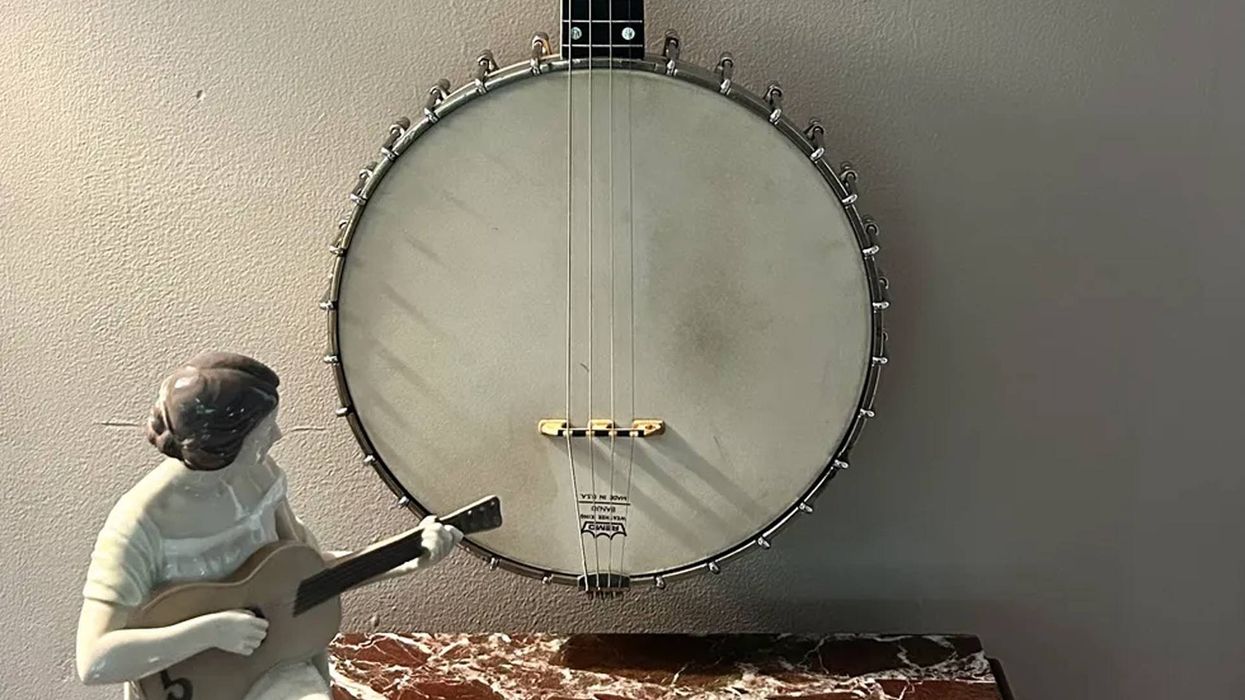
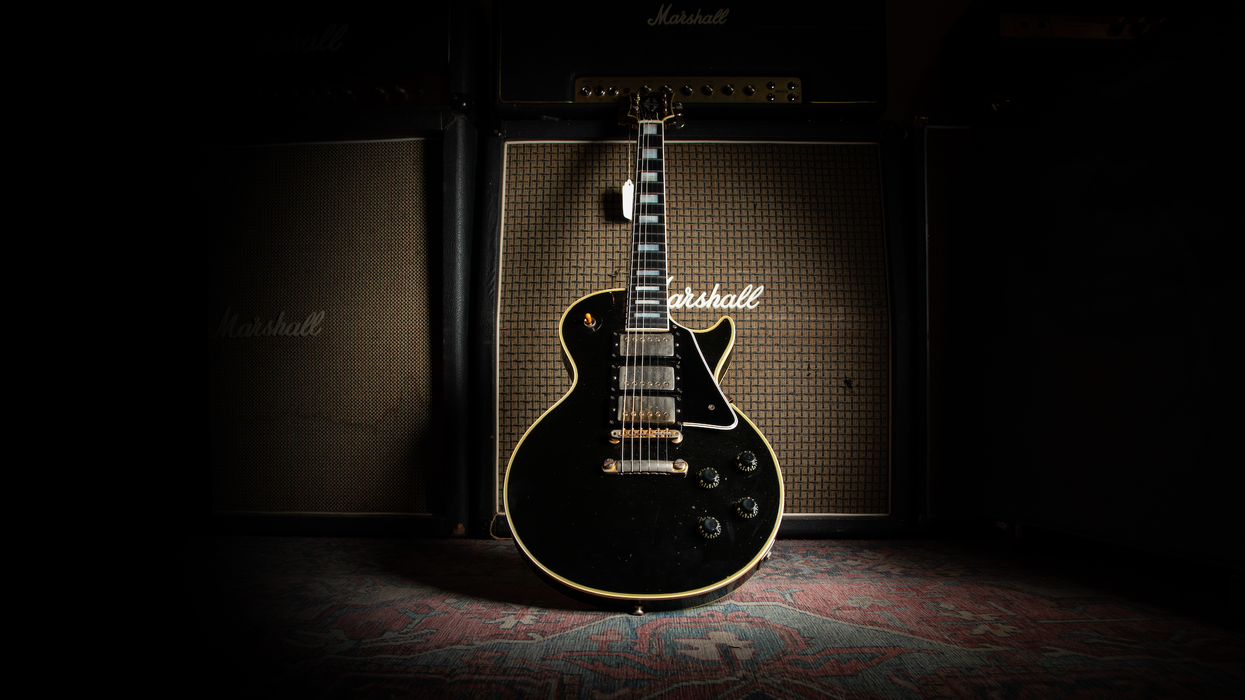
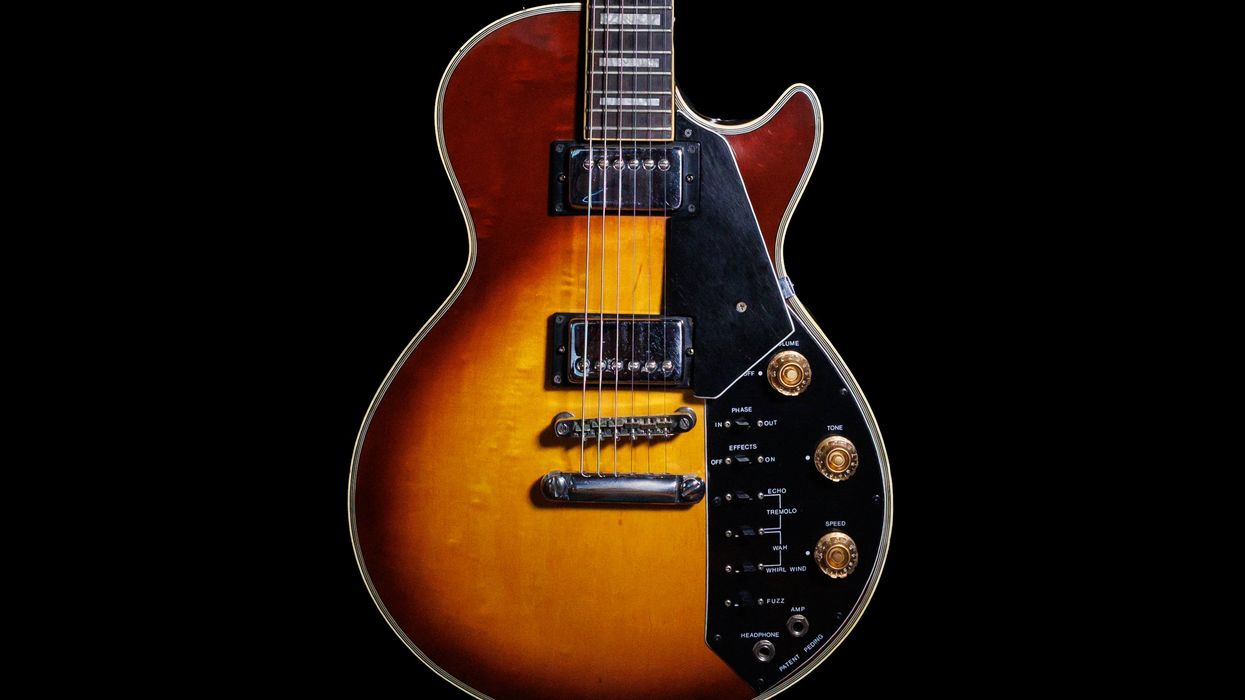
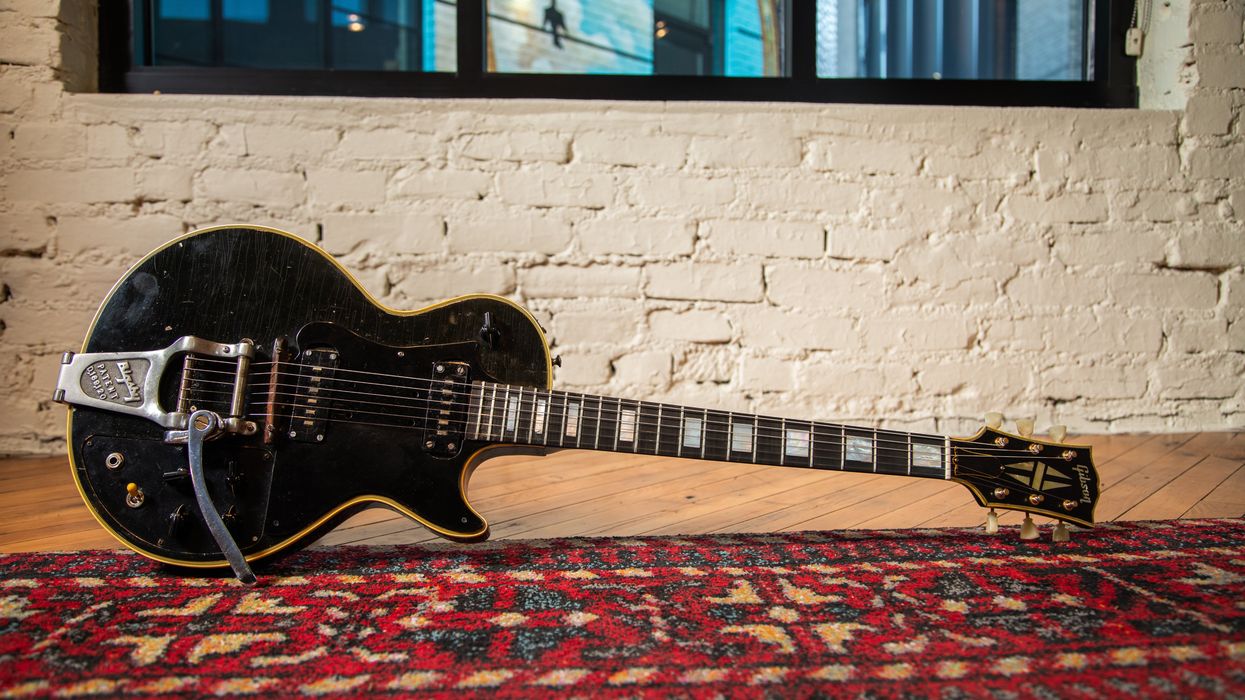
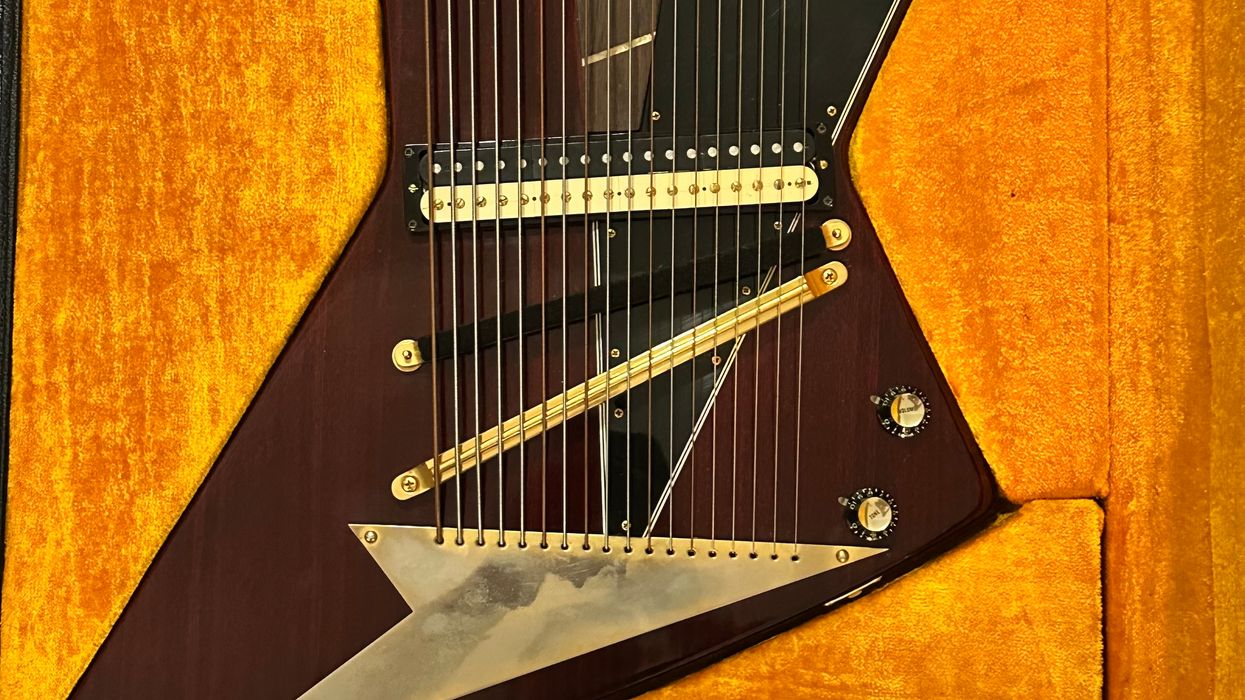
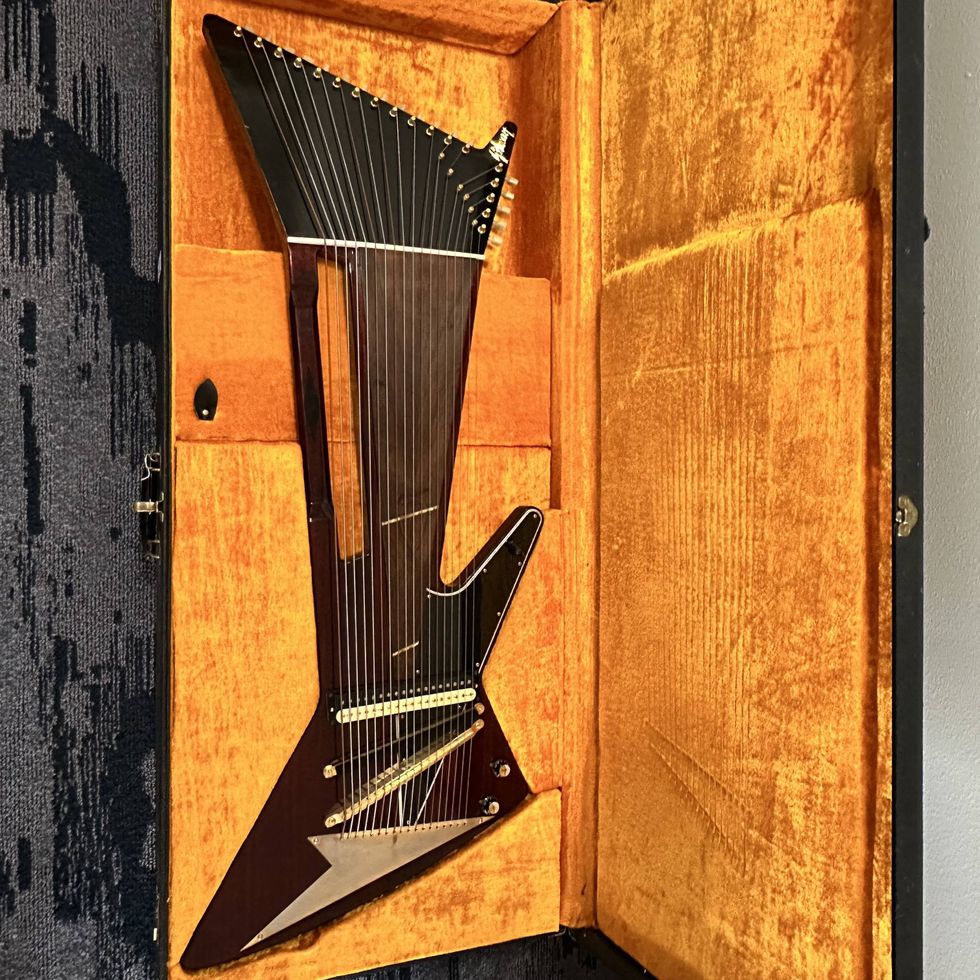

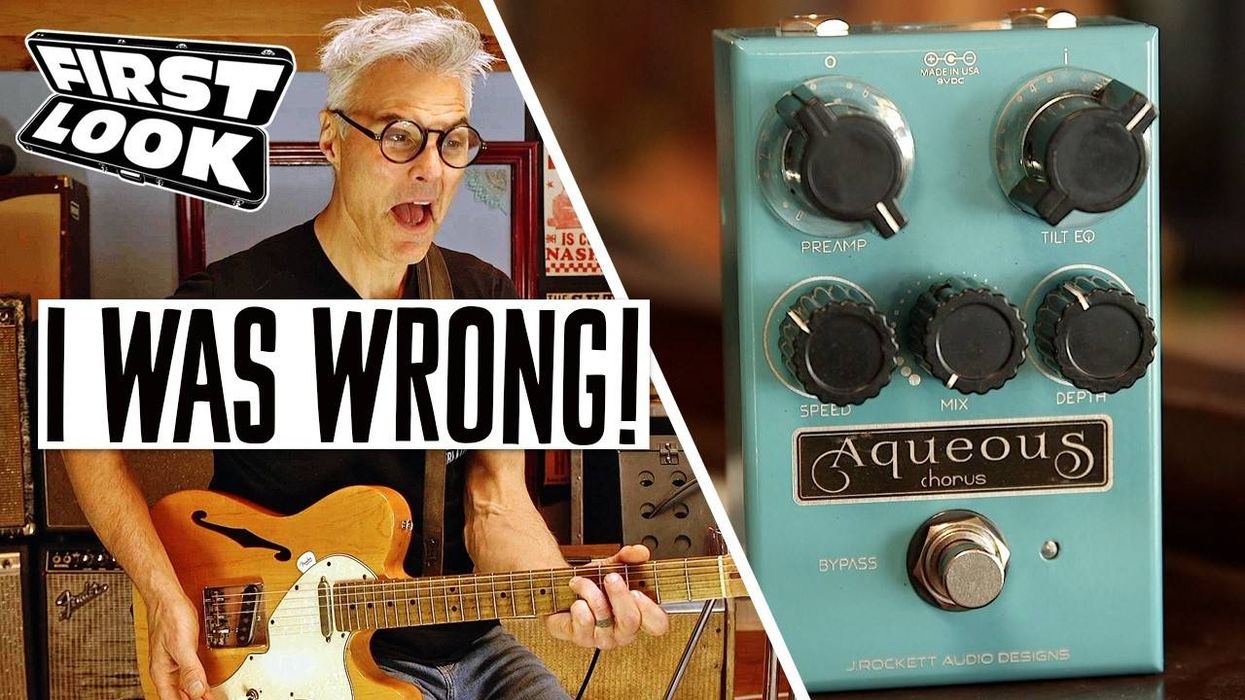
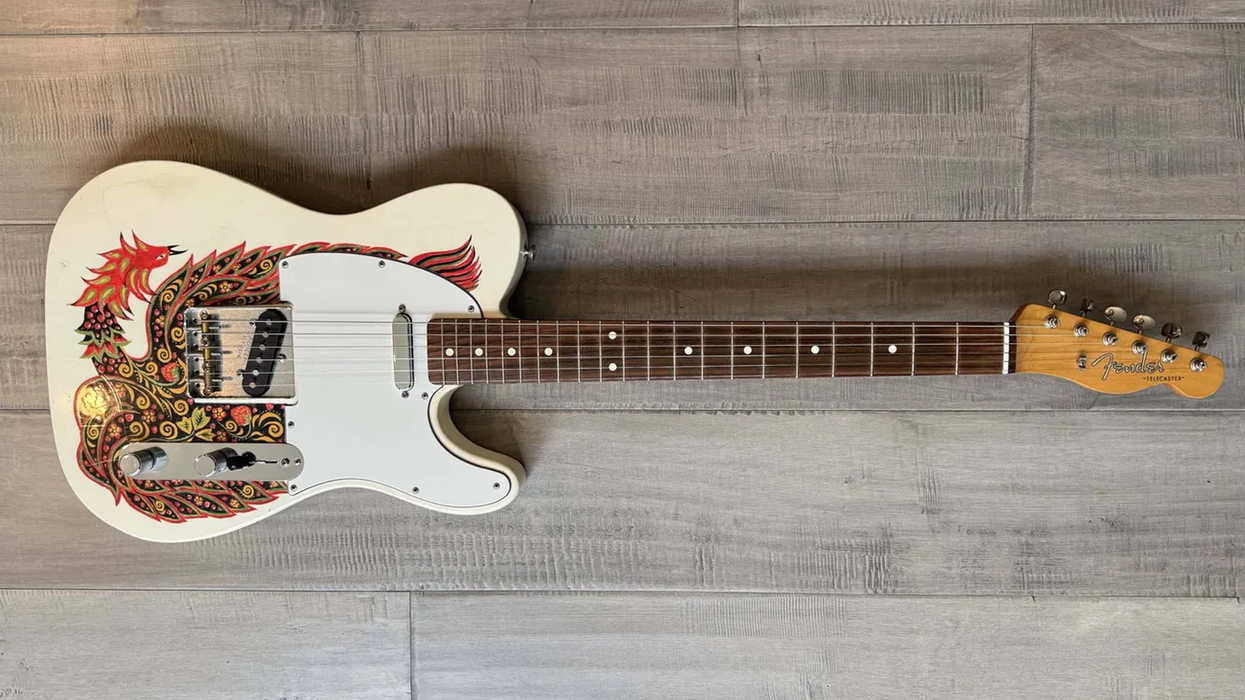
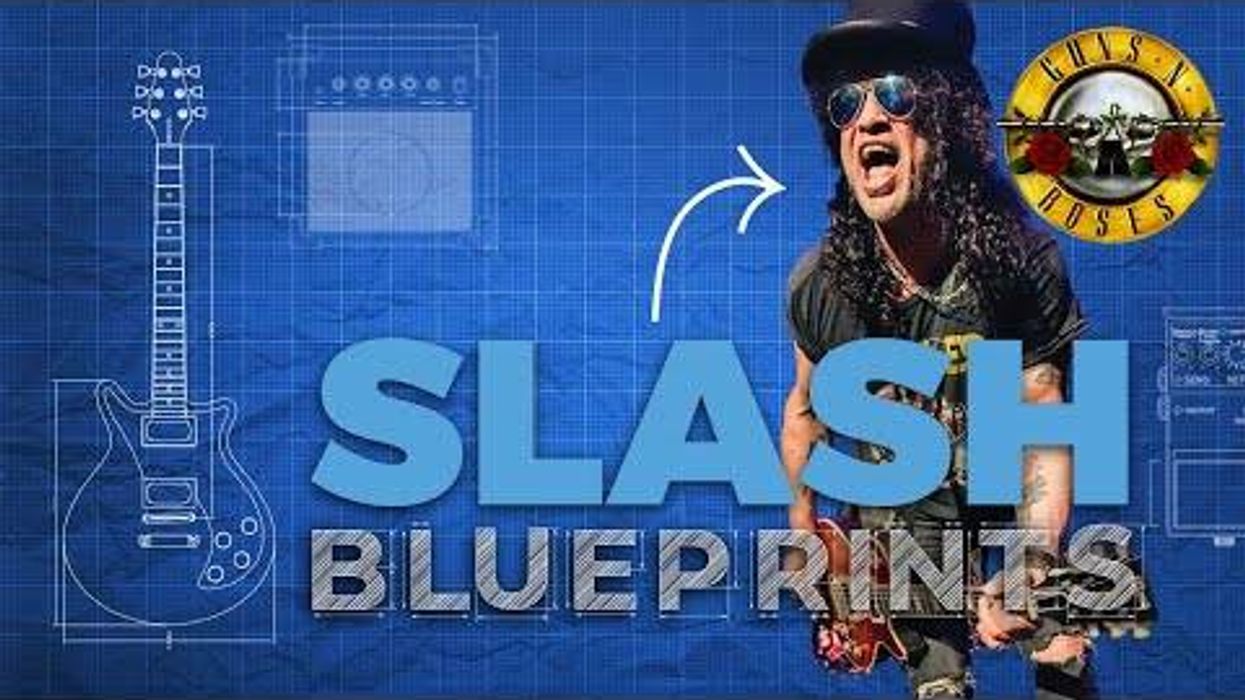

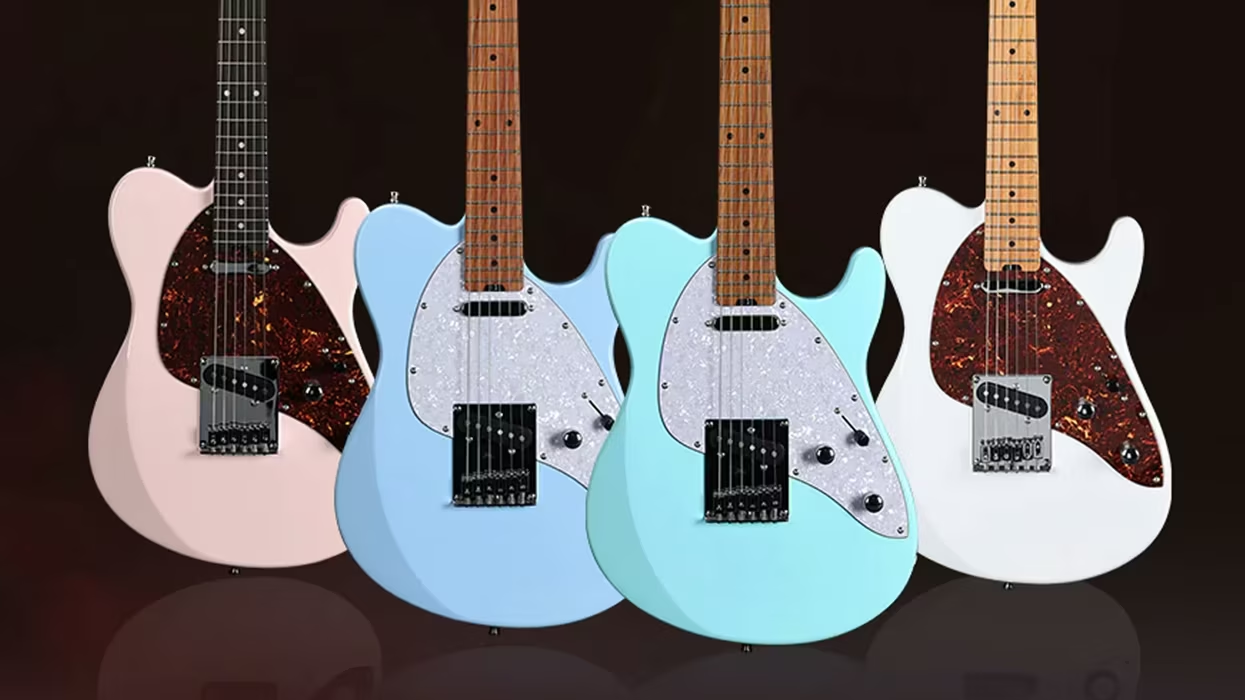
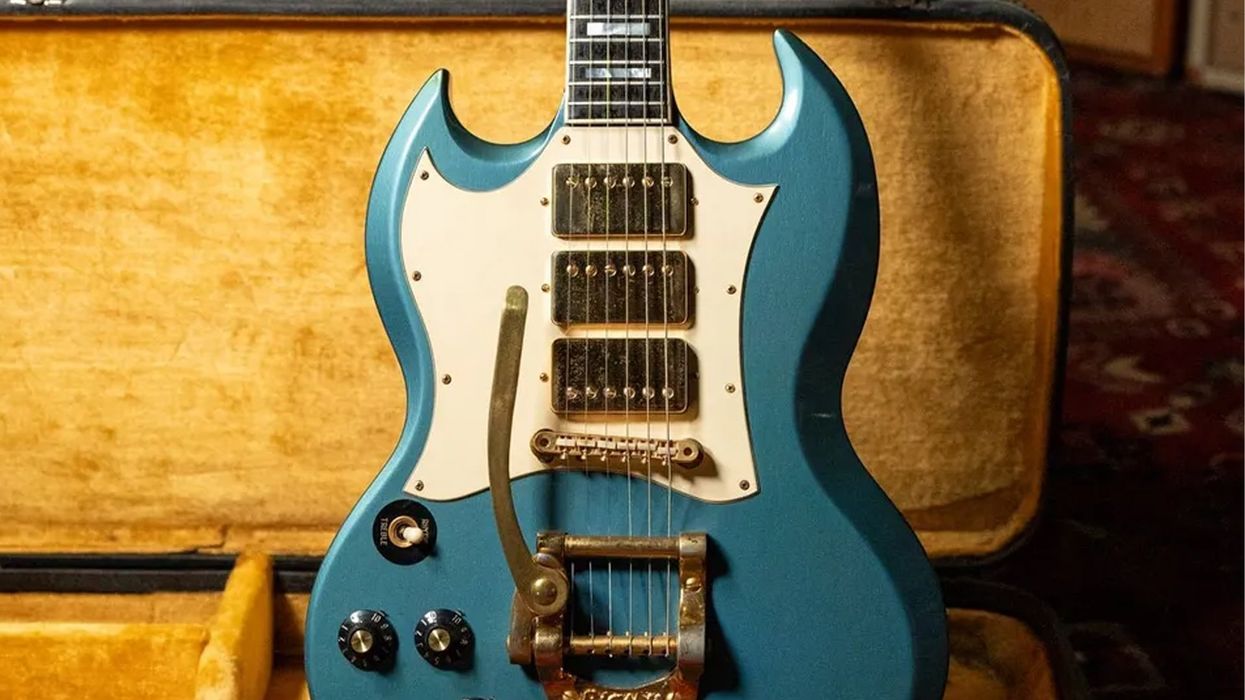
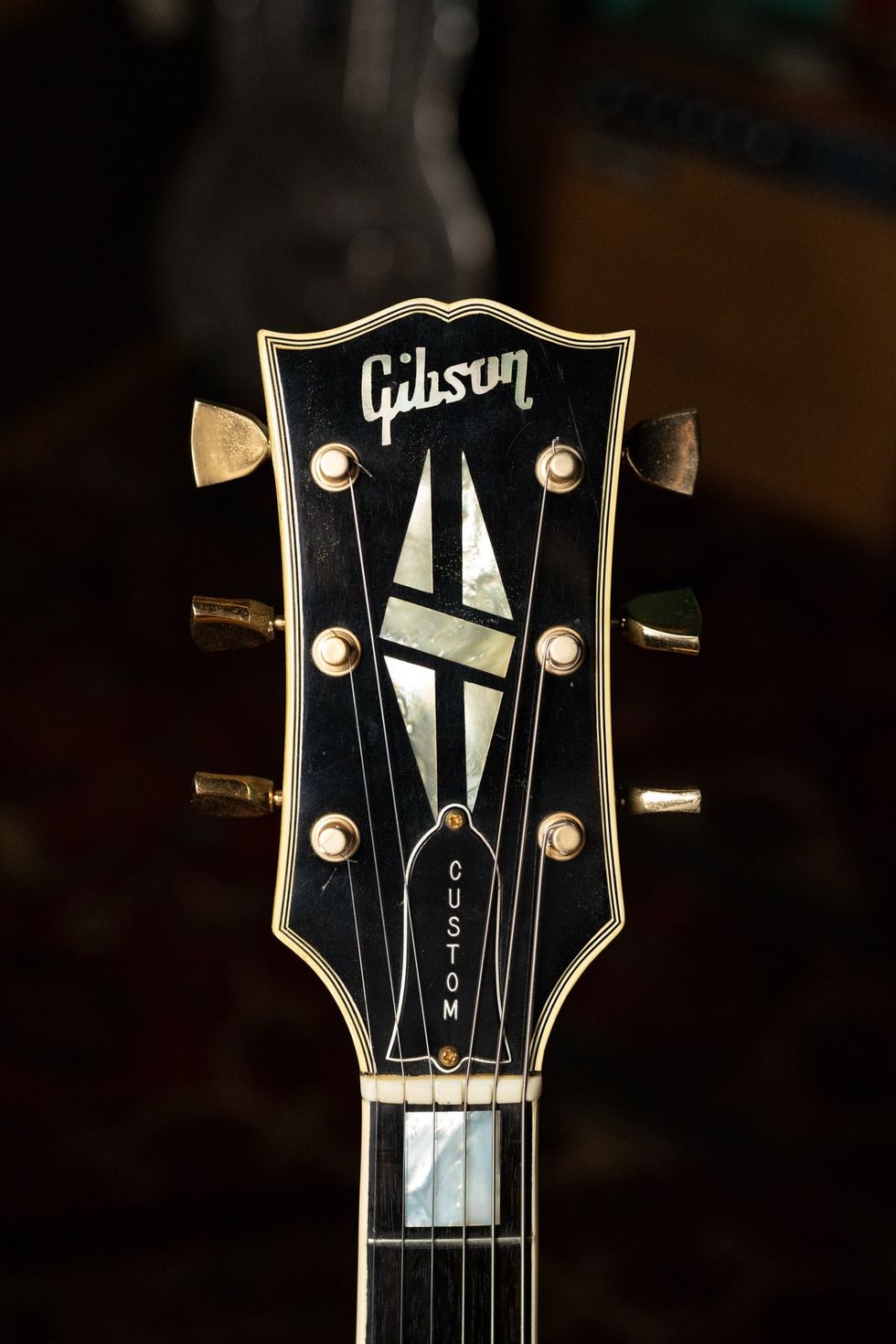
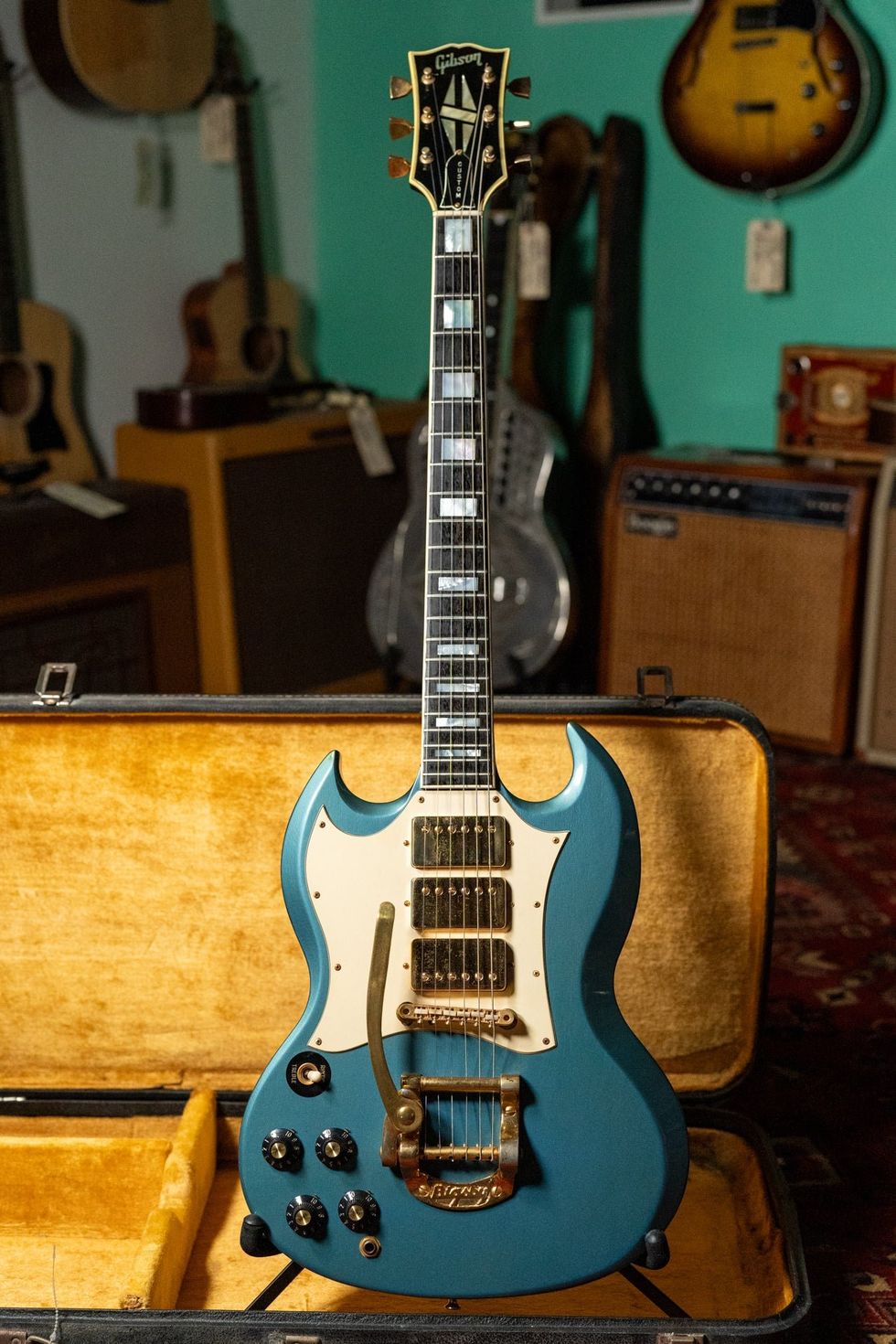 Whether or not Jimi Hendrix actually played this guitar might come down to how lucky its buyer feels.Photo courtesy of Imperial Vintage Guitars Reverb Shop
Whether or not Jimi Hendrix actually played this guitar might come down to how lucky its buyer feels.Photo courtesy of Imperial Vintage Guitars Reverb Shop